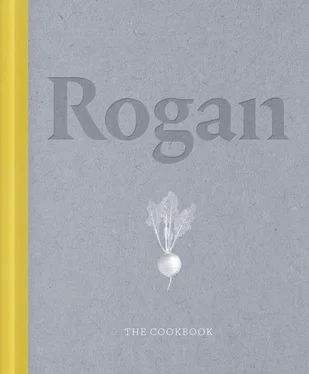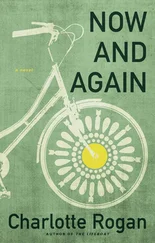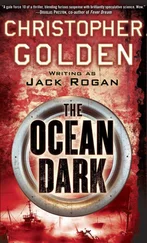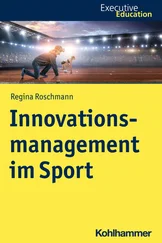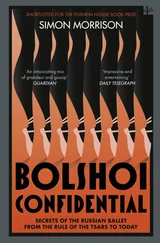Having the input from the chefs is also crucial because it means we can grow according to how they want to use the ingredients, cultivating leaves to the perfect size, nurturing live shoots in trays that can be delivered to the restaurant still in their soil ready to be snipped fresh for each plate. This is where growing our own is truly invaluable; because we mostly use micro veg – such as baby leaves, pencil leeks and tiny sweet radishes – we have the opportunity to produce bespoke ingredients for maximum flavour and texture.
We use vegetables at micro size not just because of the way they look on the plate, but also because at this point in their growth they are very small, delicate, perfectly textured and at their flavoursome peak.
As we grow our crops slowly, it is really important to use every corner of the site. The polytunnels and beds at Our Farm are hard-working; from spring through to early autumn every available inch of space is crammed with seedlings or plants – we even have pallets hanging from the tunnels’ struts in order to maximise growing space. These tunnels allow us to extend our growing season in a more natural way, to get a head start in spring and protect the plants from the British weather. If we need extra heat in the winter, we use the traditional method of using hot compost heaps to keep the roots of plants warm. In addition, we will place cloches, cold frames and hot beds around the site to keep the more tender plants warm in frosty conditions, and we have areas which are left untilled, to encourage the growth of edible wild plants, which we also harvest. The orchard beyond the beds is carefully planted not only to provide fruit, but to act as a natural windbreak against the wind that sometimes races through the valley.

Spring and summer are our key growing periods, when we need to get cracking to produce as much as possible. Often when we get to August we have so much stuff we can’t get it all on the menu, there’s no space for it all. Winter is the only time when the soil is visible and we can at last draw breath, after a long year the last of the crops are harvested in autumn and stored to supply the restaurant through the winter. This is when we go back to our roots, embracing good old-fashioned preserving techniques.
All the traditional methods are employed to prevent wastage from our summer excesses – pickling, drying, fermenting, smoking, freezing, clamping (storing root vegetables in boxes filled with sand). Many of these processes even enhance the flavours of our ingredients; clamping vegetables encourages the carbohydrates to turn to sugar, creating a tastier, sweeter veg, while pickling and preserving allows us to add other flavourings and produce a whole different taste.
Our crops work hard for us – we study each plant at every stage of its growth, discovering new ways of using different parts of even the simplest varieties. When you’ve taken all that time to grow and nurture a plant you want to use every part of it. What’s left over and can’t be used gets composted – along with vegetable waste, animal manure, charcoal from the wood-burning oven. What we take out of the land we must put back, in order to maintain our mutually beneficial and respectful relationship with it.
Here again we can control what goes back into our soil, as we know that we are not introducing any chemicals into our compost and therefore the earth, so we can ensure it is healthy.
To me, this sums up so much of what we are trying to achieve in Cartmel. Experimentation is so much a part of what we do in the restaurants and the test kitchen; we are constantly trying to innovate and push the boundaries of what we can achieve, using all our natural resources to create new dishes and combinations.
In the sixteen years that we having been growing and cooking in Cartmel, we have made improvements year on year, learning from every mistake and every success. Weather and pests permitting, we now know what grows well, what doesn’t, and how we can get the best from what we are growing. But that doesn’t mean we’re going to stop there; the size of the farm has tripled since we first started and we now have chickens, pigs, sheep and cattle grazing the land around the tunnels and in the orchard, to produce a closed system where the animal waste is returned to the land, completing the circle of nature. This year we have our bees to provide honey and bee pollen – not to mention the benefits to our plants to have pollinators on site and doing our bit to help a dwindling bee population in this country.
For us, growing and rearing our own means being responsible for our levels of consumption – using what we have and not demanding more – and making best use of our natural resources.
We are proud of the unique way in which we stock our restaurants, and we are delighted to be at the forefront of a movement where chefs either produce their own ingredients or seek out local farmers to do it for them, with an awareness of the provenance of the food they are serving and a passion for their ingredients.
In the spirit of spreading the message and sharing our passion, this book was born. This isn’t a L’Enclume cookbook; you won’t find in these pages the recipes for some of the more complex dishes that we serve there, but these are variations of many favourites from our menu that have the essence of the flavours of our food. It isn’t an everyday cookbook, the recipes here are perhaps best used for inspiration and ideas for trying out new and exciting combinations, flavours and ingredients.
Of course, my cooking tends to use some more unusual ingredients or varieties because I’m lucky enough to be able to grow, source or forage for them in my local area. I know that some of these are hard to find for many, particularly if you are based in a city, so the recipes here mostly include ingredients that you can get hold of without too much trouble. Not everyone has access to woodlands on the doorstep for foraging in, coastal fish markets or 12 acres of land, I know, but we do all have access to good local markets and suppliers where we can buy organic fruit and vegetables, or meat, poultry or fish, knowing its provenance, and even local cheeses.
My journey from Southampton to Cartmel has been a long, and at times agonising one, but I would do it all again. For me, and the chefs who work with me, the idea of seasonality and fresh ingredients isn’t a gimmick, it’s our passion, it underlies everything we do. I am fortunate to have a restaurant and a team who have helped me to achieve great accolades in the culinary world, but I would cheerfully sacrifice any of these to uphold my principles about food production and the environment. It matters. It is our responsibility to future generations to nurture what we have now, and to leave them that legacy.
With this book I hope to share with you another way to eat – our way to eat – which will inspire you to demand more from your food. Think seasonal, think local, think organic, and if all else fails, think about the origins of your ingredients.
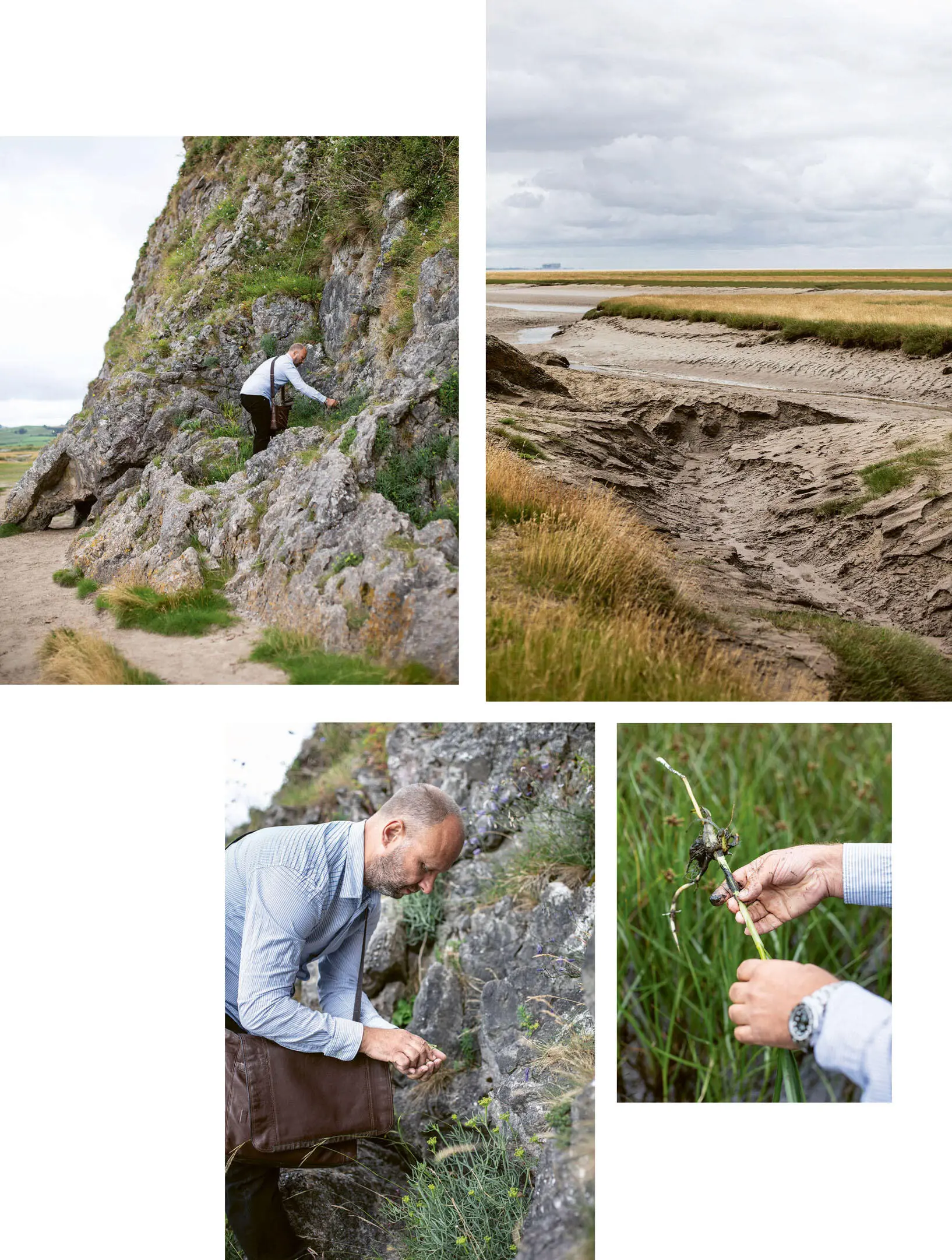
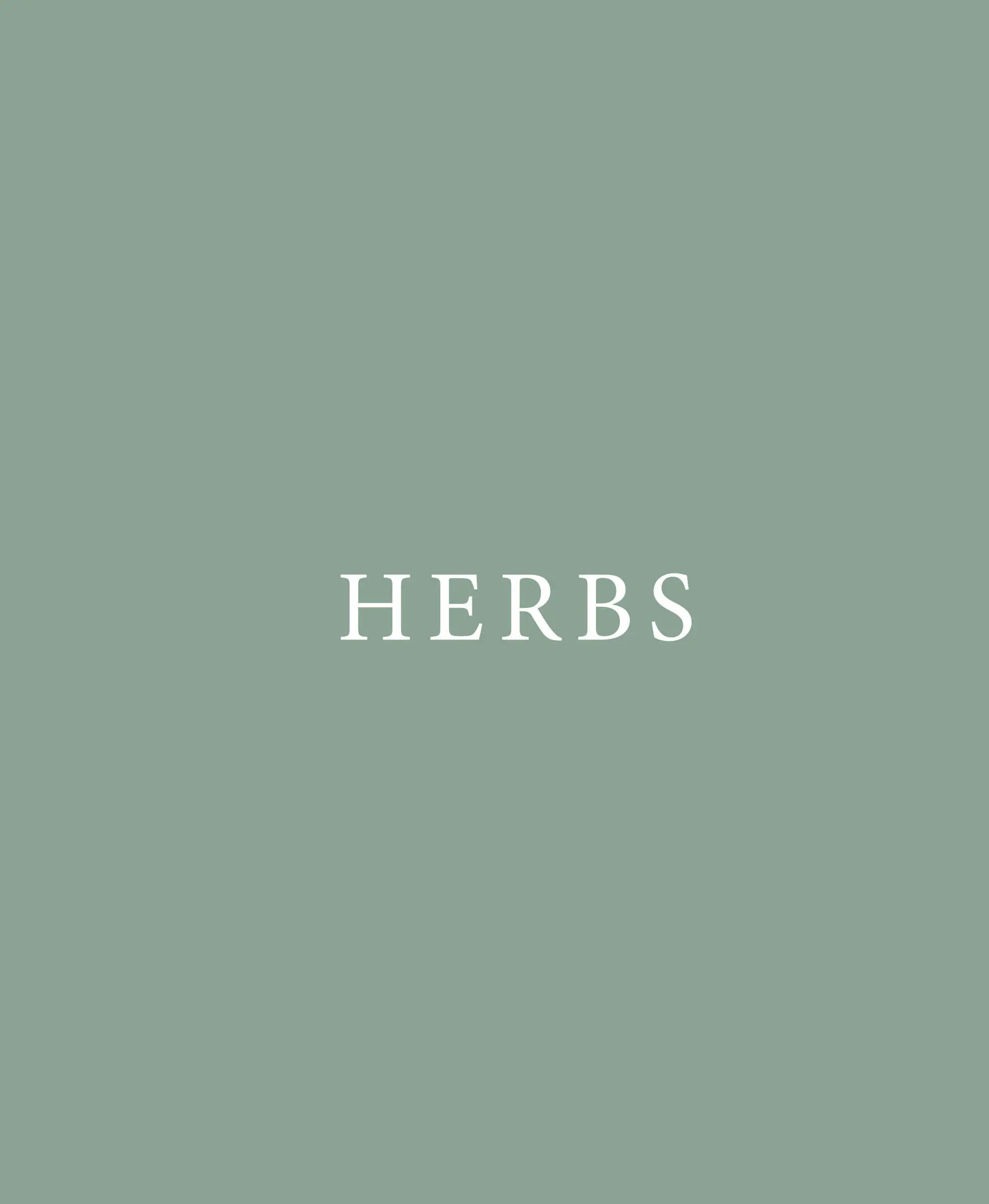
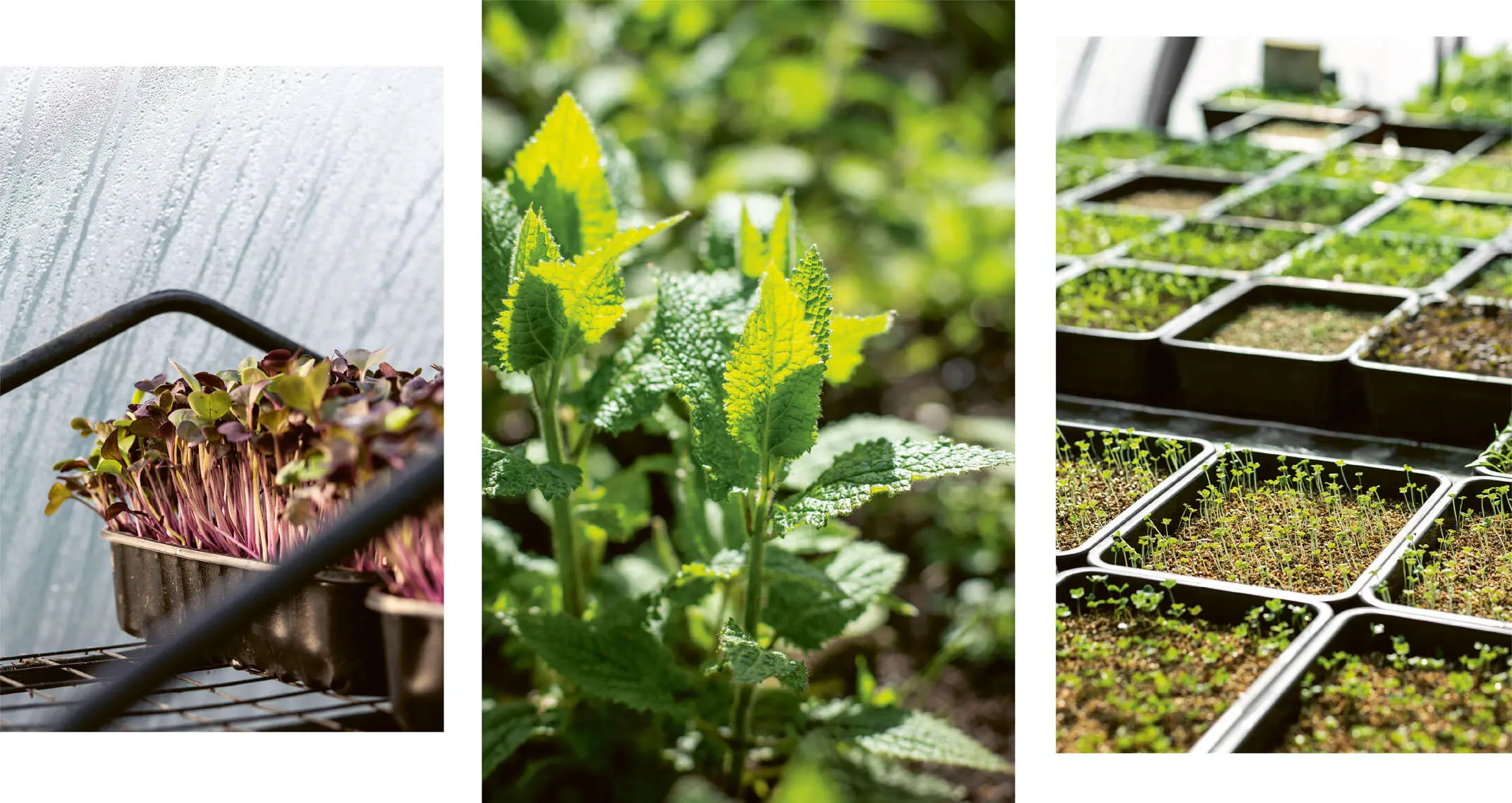
AYNESOME VEGETABLE INFUSION
Читать дальше
